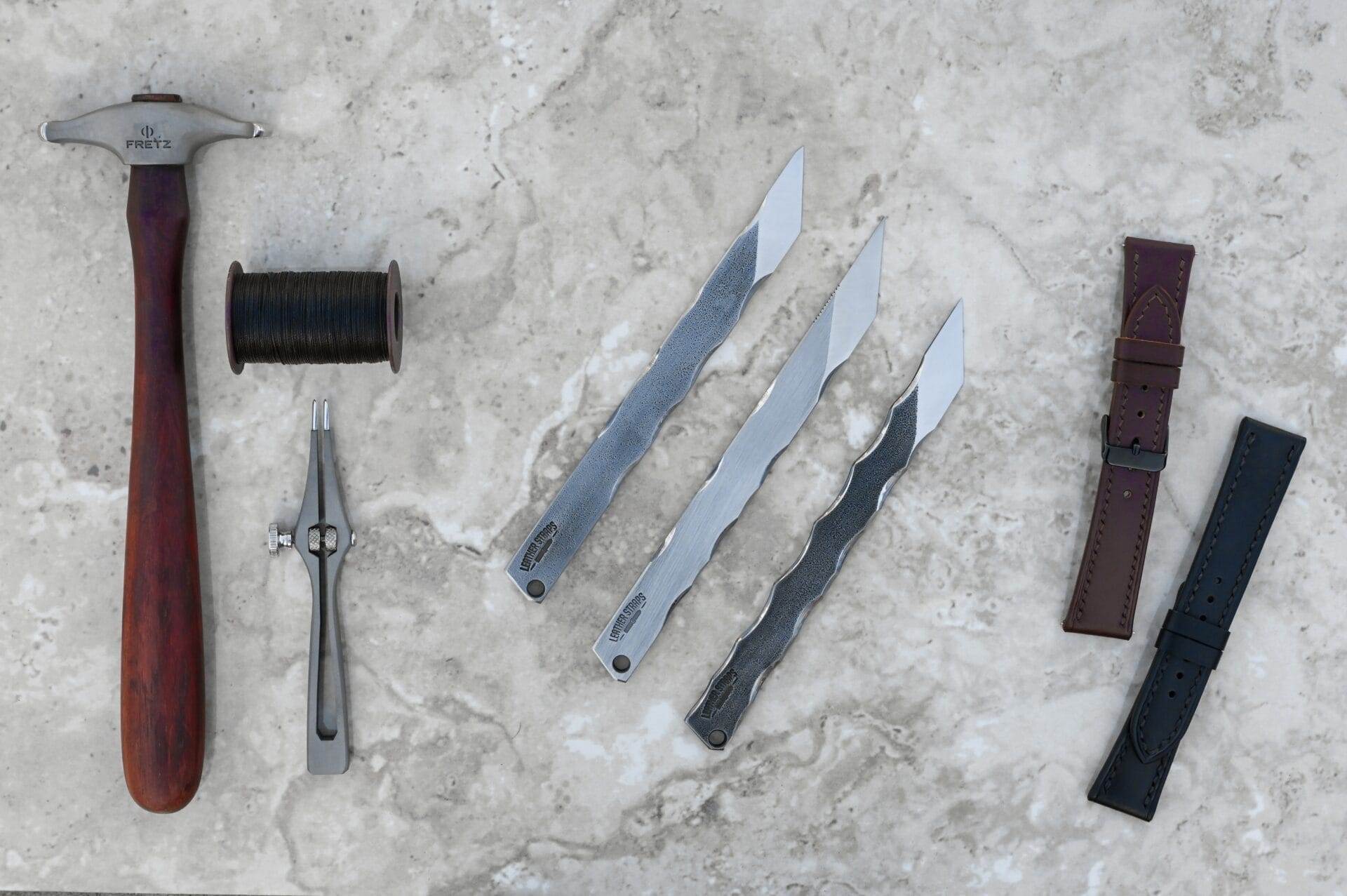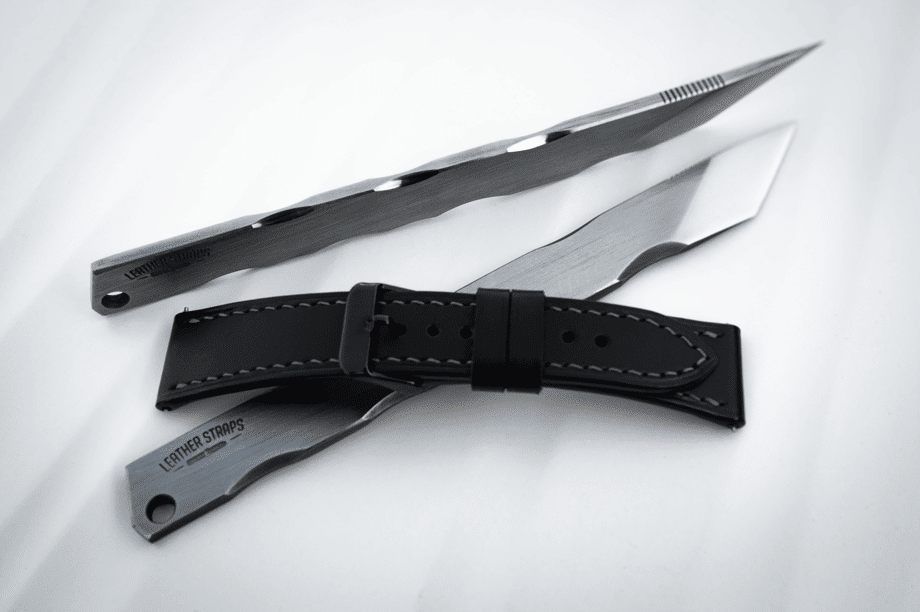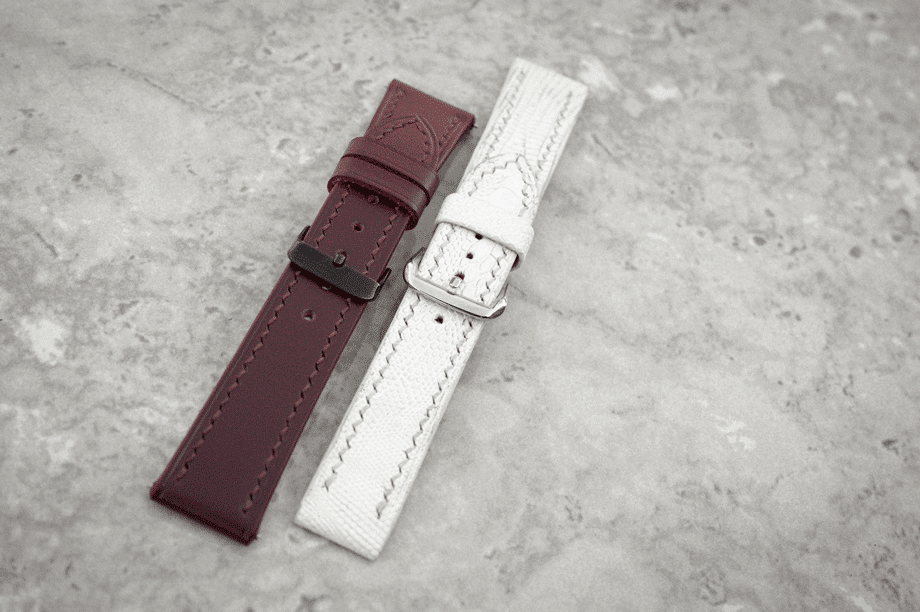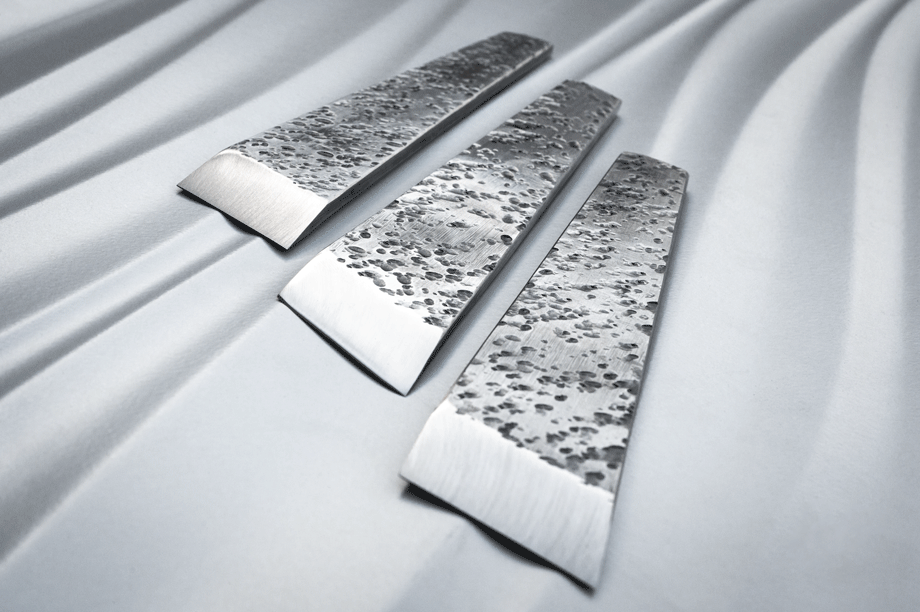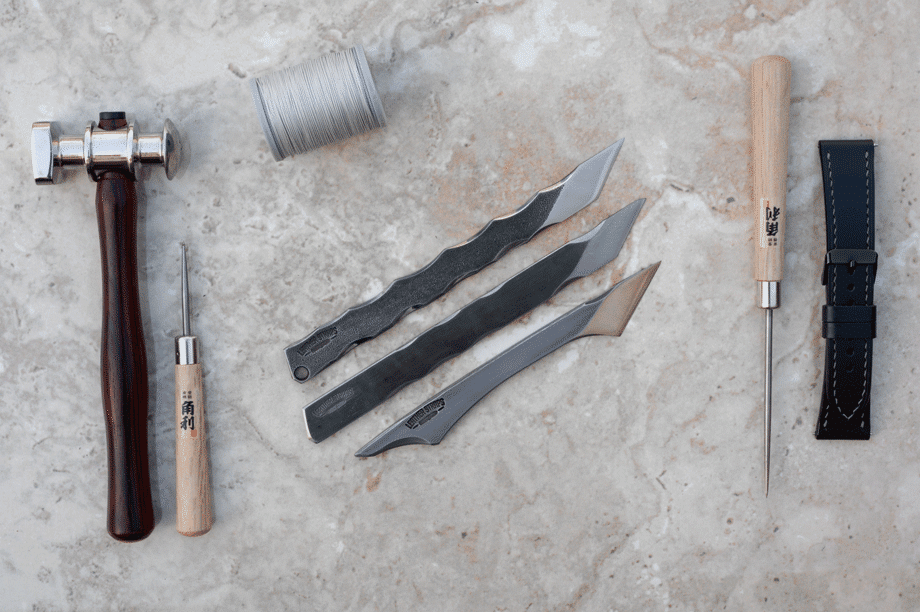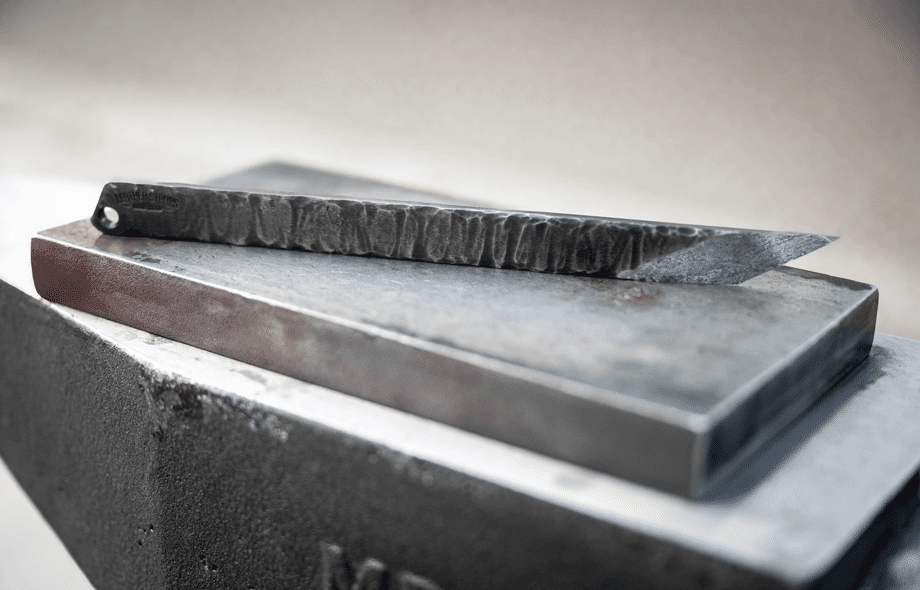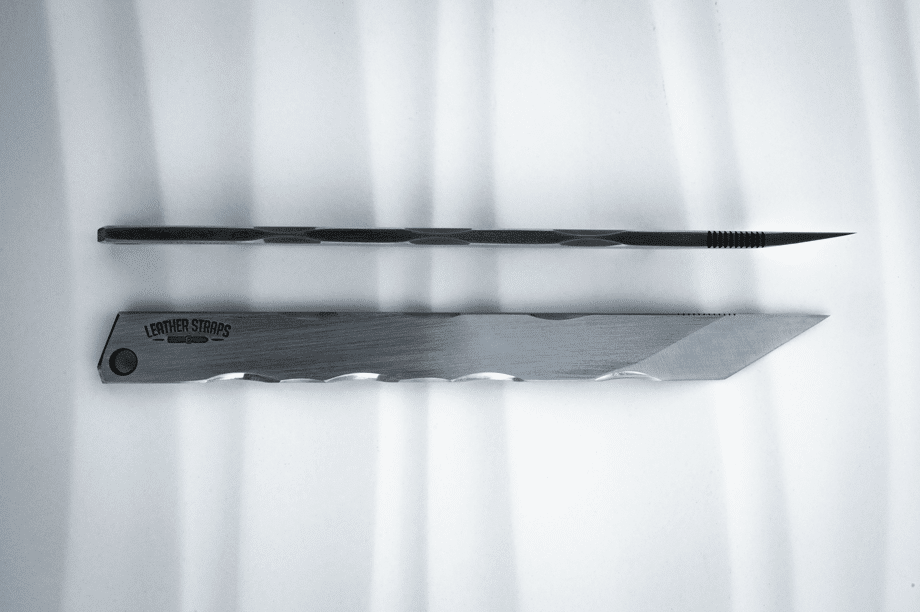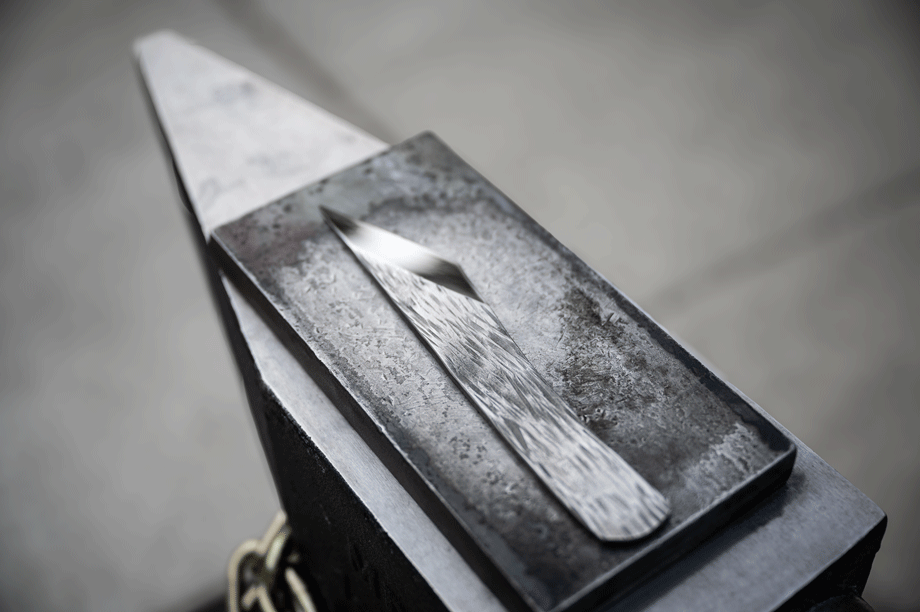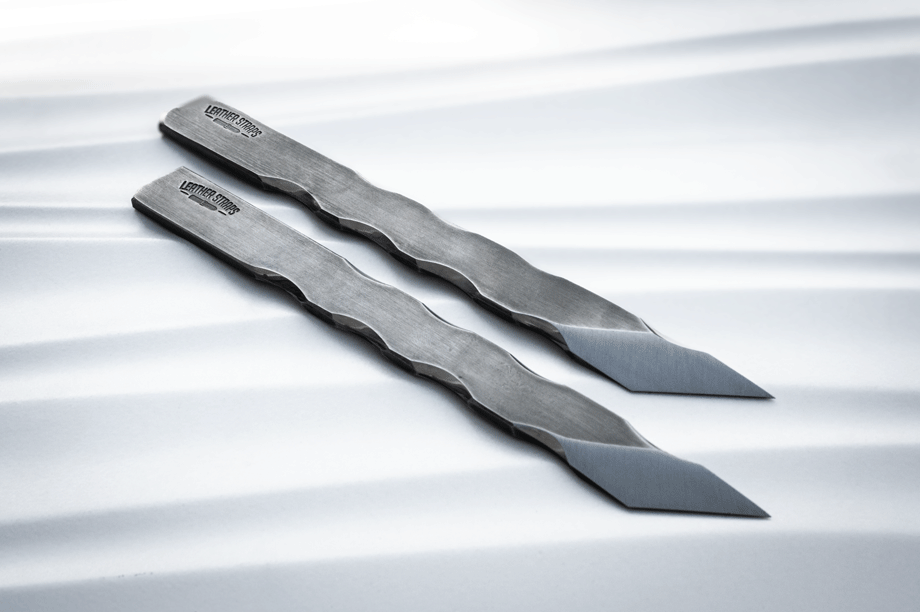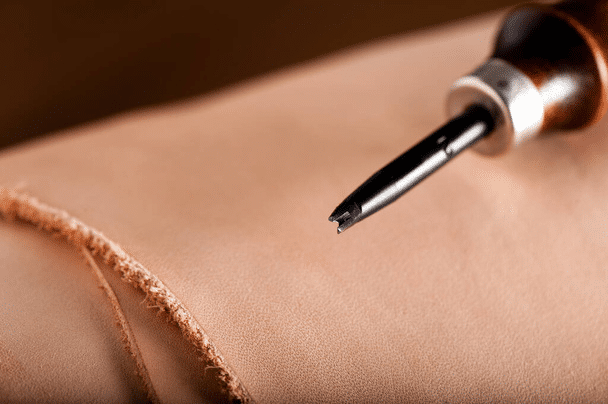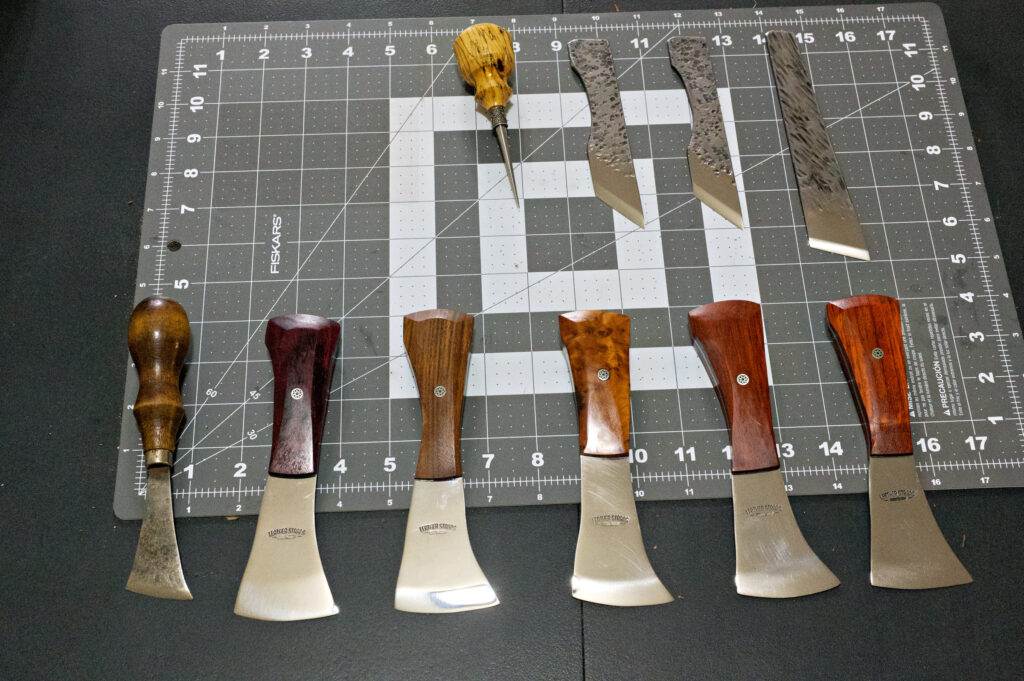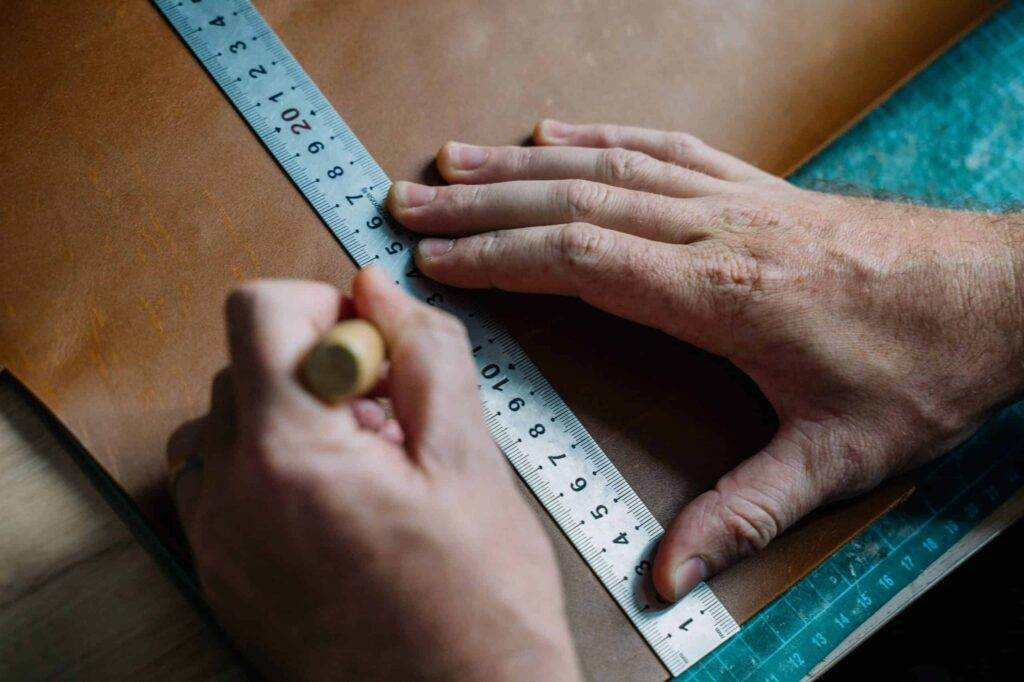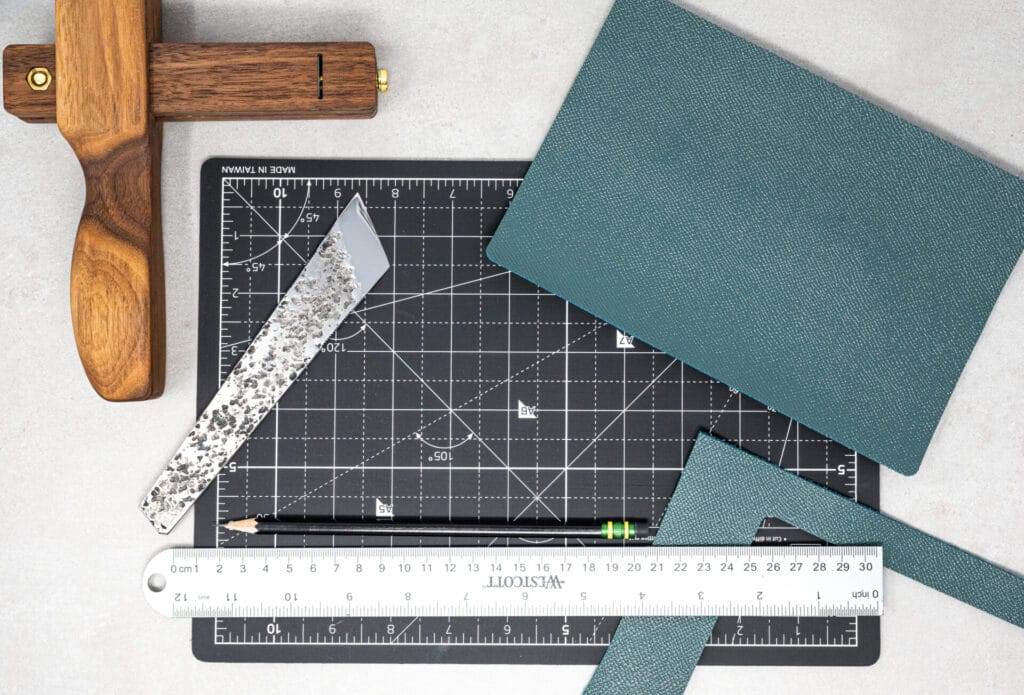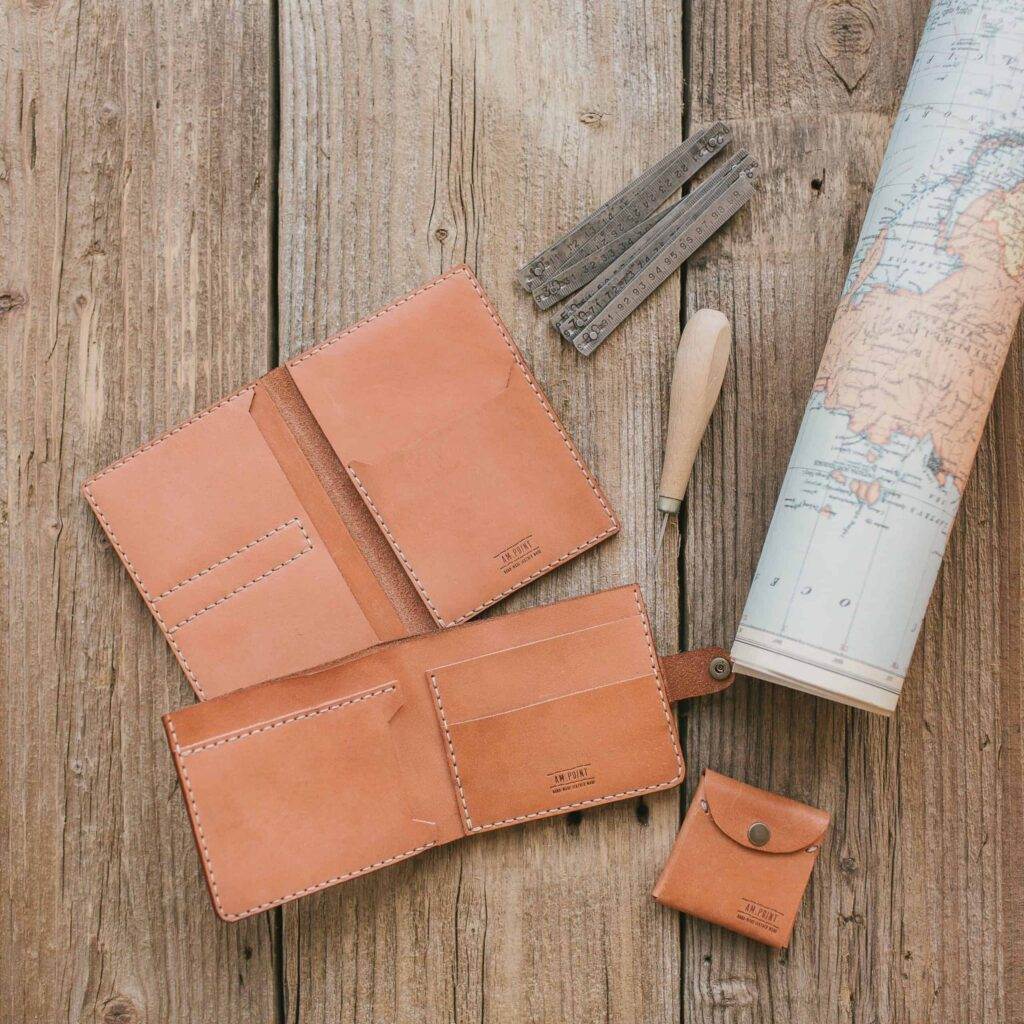Skiving For Success: Techniques, Tools, and Tips for Perfect Leather Cuts and Seams
Welcome to the captivating world of leatherworking. In this article, we shed light on one of the most critical skills required for any leatherworker – leather skiving. This technique involves thinning the leather edges or leather parts to ensure consistency and uniformity in all your leather projects. Skiving is paramount for producing professional-looking leather goods like leather backpacks, leather gloves, and even leather corporate gifts.
Mastering the art of leather skiving is not just about achieving aesthetically pleasing results; it’s about enhancing the durability and functionality of your leather items. Whether you’re working with soft leather, thicker leather, or veg tan leather, skiving can significantly improve your crafting process. This comprehensive guide is filled with practical advice, techniques, and tips. We aim to help you skive your way to success in the world of leather craftsmanship.
What is Skiving Leather?
Skiving leather is a fundamental technique in the world of leather work. This process, often carried out with a specialized tool called a leather skiving knife, involves thinning the leather pieces at the edges to create a more uniform thickness or a taper for easier joining and stitching. It’s a crucial step for achieving a professional finish on your leather products.
One common misconception about skiving leather is that it’s an optional step. In reality, skiving is essential for ensuring the leather consistency needed for high-quality projects. It aids in creating sleeker seams, improving the overall appearance, and facilitating the assembly process of leather pieces.
Skived leather is also easier to handle, particularly when folding or forming the leather. Thus, mastering the technique of skiving leather opens up a new world of design possibilities in your leather craft.
Reasons to Skive Leather
Leather skiving is not just a skill, but a crucial technique that can take your leather crafting to the next level. Here are some compelling reasons why mastering it is beneficial:
Glue Adhesion
Skived leather allows for 100% glue adhesion; a stronger bond in your projects, leading to durable results.
Easier Stitching
With skiving, stitching becomes easier and more efficient, and offers improved accuracy.
Design
Utility
It opens up a wealth of design versatility, and more intricate designs in your leather projects.
Leather Additions
Skived leather allows attaching add-ons, enhancing the overall aesthetics of your leather project.
Harmony
Skiving provides consistent, uniform leather pieces, improving the final look of your leather projects.
Master Results
Create perfect lining for pro-fessional looking results; the polished and high-end finish you strive for.
Ultimately, skiving is a skill that provides extensive benefits in the world of leather crafting. It’s certainly worth the time and effort to master it.
Types of Skiving Techniques
In the realm of leatherworking, mastering various skiving techniques is instrumental for creating impressive, high-quality leather projects. Skiving, a vital process in the leather industry, has several variations each with its own unique advantages and limitations. Let’s explore some of them.
Hand Skiving
This technique involves manually manipulating a leather skiving knife to thin out the leather’s thickness. Offering unparalleled control, hand skiving is ideal for small or intricate leather pieces. However, it’s a skill requiring time and patience to master.
Machine Skiving
For larger tasks, the leather skiving machine is a game changer. It ensures uniformity and speed, although the initial investment can be substantial.
Regardless of the technique you choose, mastering skiving techniques will undoubtedly elevate your leather craft to a whole new level. Whether you’re using hand skiving for your unique leather project or a machine for larger tasks, the importance of this skill can’t be overstated.
Tools and Supplies for Skiving Leather
Getting the best results with your leather skiving projects demands not just the right techniques, but also the appropriate tools and supplies.
At the heart of every leathercraft toolbox should be a selection of skiving knives and potentially, a leather skiving machine. These skiving tools are designed to skive leather with precision, enabling you to alter leather thickness and create thin edges that make for neater seams and overall better leatherwork.
Tandy Leather
This high-quality leather is a popular choice for many leatherworkers.
Veg/Chrome tanned leather
This high-quality leather is a popular choice for many leatherworkers.
Leather Strop
This is essential for maintaining the sharp edge of your skiving knives.
Finally, patience and practice are invaluable supplies in your leatherworking journey. Remember, the leather project often reflects the time and care taken in its creation.
Step-by-Step Guide to Skiving Leather
Skiving leather, whether gluing leather or working with wet leather, requires careful technique and the right tools. Here’s a concise guide to get you started:
Using a Skiving Knife
Position your leather skiver at an angle against the edge of your leather pieces. Apply steady pressure and draw the knife towards you, creating a tapered edge to reduce the thickness of the leather material.
Sharpening Your Skiving Knife
Regularly maintain the sharpness of your skiving knife. Use a honing rod for minor touch-ups or a sharpening stone for dull blades.
Using a Skiving Machine
Using a leather skiving machine speeds up the process. Feed the leather into the machine and adjust the cutting depth as needed. Remember skiving machines require more care and maintenance.
Hand Skiving Techniques
Practice makes perfect. Constantly test your skills on scrap pieces before moving on to your leather project. This helps ensure clean and consistent results.
Lastly, don’t forget to troubleshoot common skiving mistakes, such as skiving too much leather or not enough. With time and practice, you’ll master the art of leather skiving.
Tips for Improving Skiving Skills
Skiving leather requires not only the right tools but also continuous practice to perfect this craft. Here, we share some invaluable advice to help you enhance your skiving abilities.
Personal Research
There are many resources available to learn more about leather, from the leather project you are working on, to the specific type of upholstery leather or chrome tan leather you are using.
Sharpening
Always ensure the blade sharpness of your skiving tools. A dull blade can lead to rough and imprecise cuts, affecting the quality of your leather pieces.
The Right Tools
Don’t be afraid to invest in unique supplies. A leather skiver may seem like an unnecessary expense, but it can dramatically improve the quality of the skived leather.
Practice
And remember, practice makes perfect. Continually working on your leather projects will inevitably improve your skiving skills over time.
Insider tip: Achieving smooth and seamless leather seams can significantly elevate the look and feel of your leatherwork.
FAQs and Common Questions
We’ve come across some frequently asked questions related to leatherworking and skiving. Let’s cut straight to the chase, with answers:
- Is leatherworking hard to learn?
While leatherworking can seem daunting to the uninitiated, with the right tools, materials, and some patience, anyone can master this craft. Just like pottery, ceramic wheel throwing, or handbuilding, it’s all about practice and refining your skills.
- What are good beginner projects for leatherworking?
For beginners, small and simple projects are the best to start with. This includes items like keychains, wallets, or simple bags. These projects require a leather skiver and not too much leather, making them perfect for novices.
- Where to find more information and resources?
For more complex projects and advanced techniques, consider checking out our other articles.
Remember, mastering manual leather crafting, like any skill, is a journey. So, keep on skiving and exploring the world of leatherworking!
Conclusion
In our exploration of leather skiving, we’ve delved into the purpose, benefits, and techniques of this essential leatherworking skill. We’ve highlighted the reasons to skive leather, and delved into the different styles of skiving, each with its own set of advantages and limitations.
From understanding the essential tools and supplies to learning how to skive using a knife or a machine, we’ve covered the gamut. We’ve also shared tips on how to improve your skiving skills, with emphasis on blade sharpness and regular practice.
Leatherworking can be challenging, but armed with the knowledge and tips from this article, you are now better equipped to create professional-looking leather projects. Keep skiving, keep learning, and above all, enjoy the journey.

